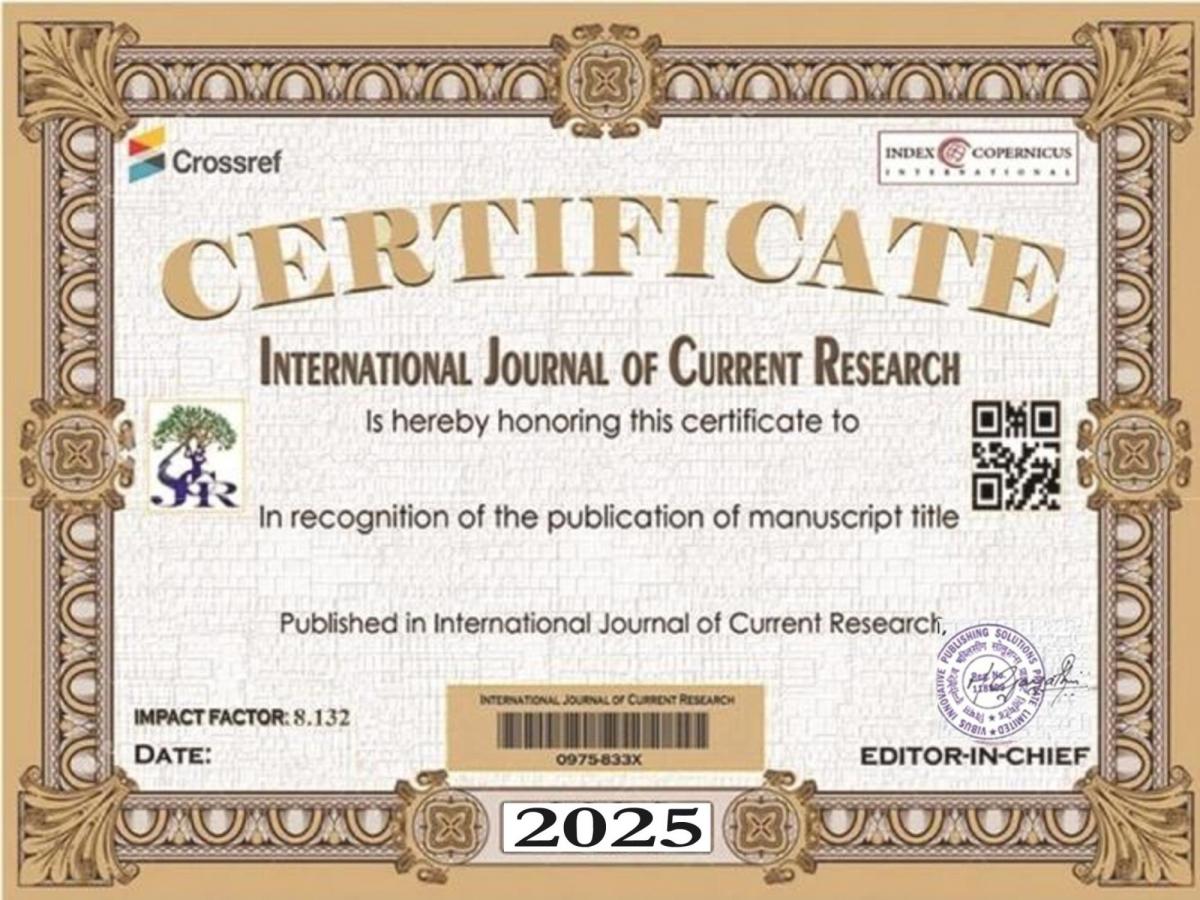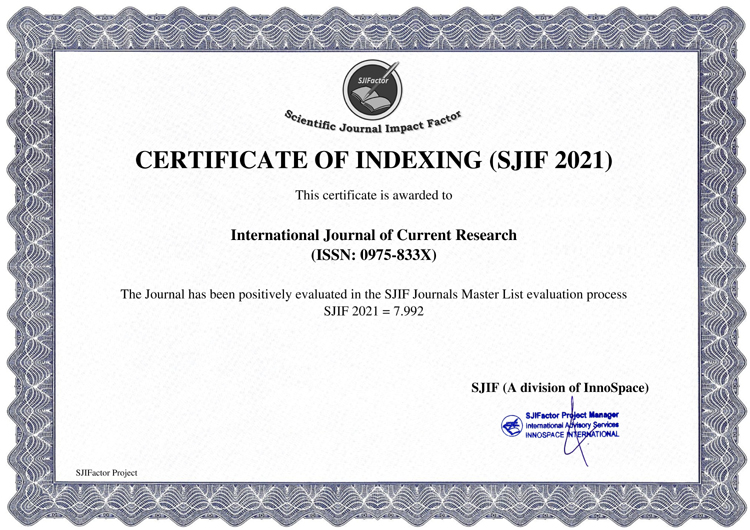The objective of this study is to contribute to the improvement of knowledge on the feeding of Oreochromis niloticus. The trial required 2262 monosex O. niloticusjuveniles with average weights comprised between 21.10±1.04 and 39.70±1.27 g, distributed in 4 groups with two repetitions per feed in 2.5 and 3 Ares concrete basins. The juveniles were fed a control ration (Asmag) and the ration made from a mixture of 40% of dried brewer’s spent grains and 60% of fine wheat bran (Afab) during 180 days. The average live weight (ALW), the absolute weight gain (AWG), the daily individual growth (DIG), the specific growth rate (SGR), the feed conversion index (FCI), the protein efficiency coefficient (PEC), the total length (TLg), the standard length (SLg), the condition factor (K), the survival rate (SR), the quantity of feed distributed and the manufacturing costs of akg of feed were evaluated. It emerges from these results that, except the DIG, FCI, SGR, PEC, K and SR that showed no significant difference (p>0.05) at the level of the feeds, the ALW, AWG, TLg andSLg of the fish fed the ration Asmag were significantly (p<0.05) higher than those recorded in fish submitted to the ration Afab. For Asmag and Afab, it was obtained respectively an ALW of 148.01gvs 90.48 g; anAWGof 16.52 g vs 10.44 g;aTLg of 19.64 cm vs 16.50 cm and aSLg of15.50 cmvs 13.10 cm. Moreover, the cost price of Afab (61,040.88 FCFA) was lower than that of Asmag (308,368 CFA).In view of growth performance and production costs of feed recorded, the feed locally made (Afab) could be recommended to farmers producing O. niloticus.





